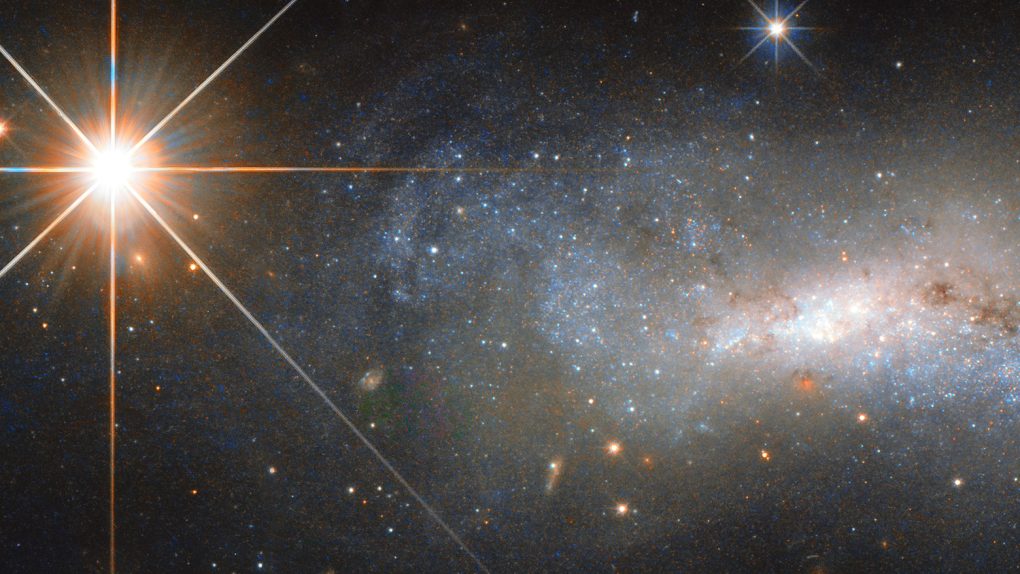Hawking’s final paper on parallel universes was updated just 10 days before his death.
Key Takeaways
- Stephen Hawking’s final days were dedicated to exploring the mystery of parallel universes.
- His last paper, updated just before his death, tackled the complexities of multiple universes.
- Hawking proposed using deep-space probes to find traces of parallel universes.
- Past findings, such as the “cold spot” in space, may hint at other universes colliding with ours.
- Although a Nobel Prize may await the discovery of parallel universes, Hawking would be ineligible posthumously.
____________
In his last days, Stephen Hawking was deeply engaged in exploring one of the most enigmatic questions in physics: the existence of parallel universes. This topic had intrigued him for decades, and he spent his final days refining his theories on how parallel universes could coexist with our own within the laws of physics. Hawking’s last paper, “A Smooth Exit from Eternal Inflation,” updated just ten days before his passing, offers an insight into his persistent curiosity and rigorous pursuit of the unknown.
The Pursuit of Parallel Universes
The concept of parallel universes, or the “multiverse,” suggests that an infinite number of universes exist alongside ours, each with its own distinct reality. This idea isn’t new, but Hawking’s work was groundbreaking in seeking ways to detect evidence of these other universes. His paper explores the possibility that the evidence of parallel universes could be found in the faint traces of radiation left from the early universe’s formation. However, observing such distant phenomena would require highly advanced technology.
Hawking’s theory focused on the faint whispers of background radiation, a form of cosmic “fossil” left over from the Big Bang. He proposed that space probes could one day be sent on deep-space missions to detect these traces, effectively scanning the universe for signs of other realities. If successful, this approach could eventually offer evidence of parallel universes and prove that our universe is only one part of a vast multiverse.
Clues from the Cosmos and the Cold Spot
Hawking’s work builds on past findings that hint at the existence of other universes. In recent years, scientists observed an unusual “cold spot” in space that has puzzled researchers. This anomaly is a region where temperatures are slightly lower than expected, and one theory suggests it could be a “bruise” from another universe colliding with our own. While this notion remains speculative and beyond our current scientific reach, it adds to the intrigue surrounding parallel universes.
Despite the tantalizing possibilities, humanity is still far from proving the multiverse theory. Hawking’s paper acknowledges that limitations in current technology make detecting parallel universes extremely challenging. Still, his proposals offer a roadmap for future discoveries. Should evidence of parallel universes ever be confirmed, it would undoubtedly lead to a scientific revolution and could even secure a Nobel Prize for those involved in the discovery.
Hawking’s Legacy in the Study of the Universe
Hawking’s dedication to uncovering cosmic mysteries has cemented his legacy in theoretical physics. Although the Nobel Prize is typically awarded only to living recipients, his influence on the field is undeniable. His exploration of complex ideas such as black holes, quantum mechanics, and now parallel universes continues to inspire researchers worldwide.
Hawking’s final contribution to the study of parallel universes serves as a reminder of his relentless curiosity and intellectual legacy. Though he may not see the Nobel honors that could come from his work, his ideas will continue to shape and inspire the quest for knowledge about the universe and beyond.







No comments
Note: Only a member of this blog may post a comment.